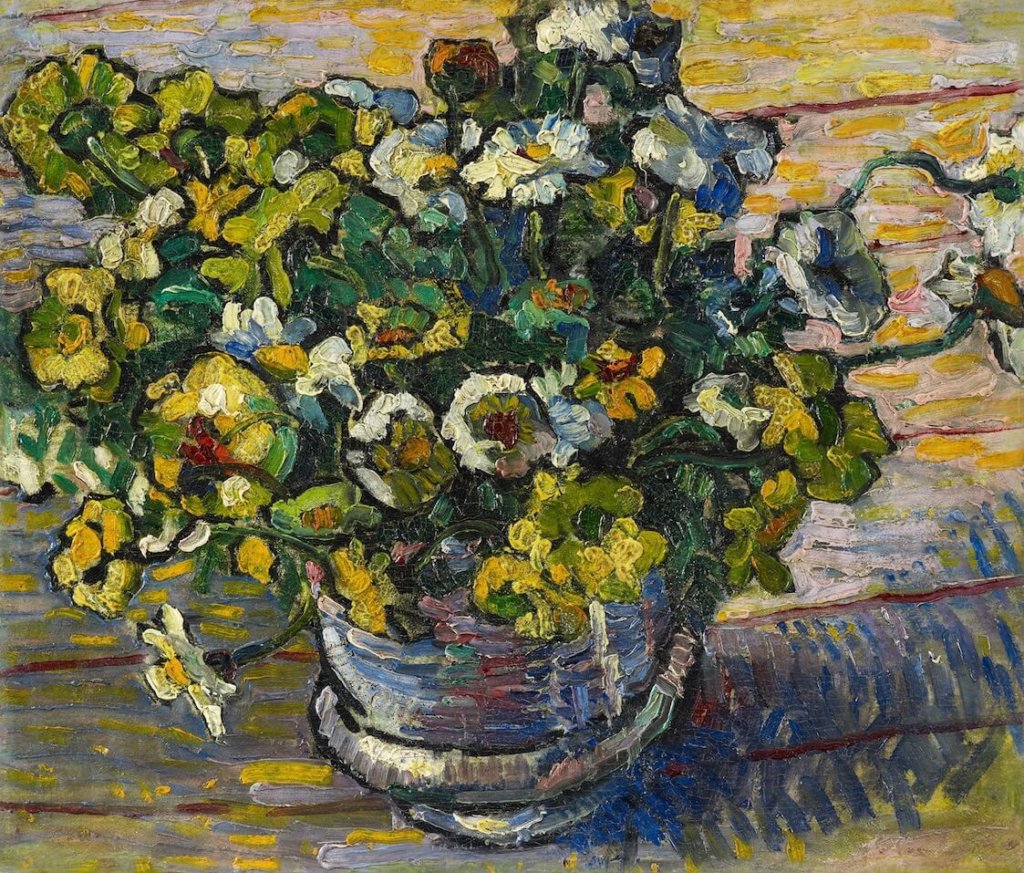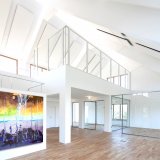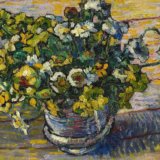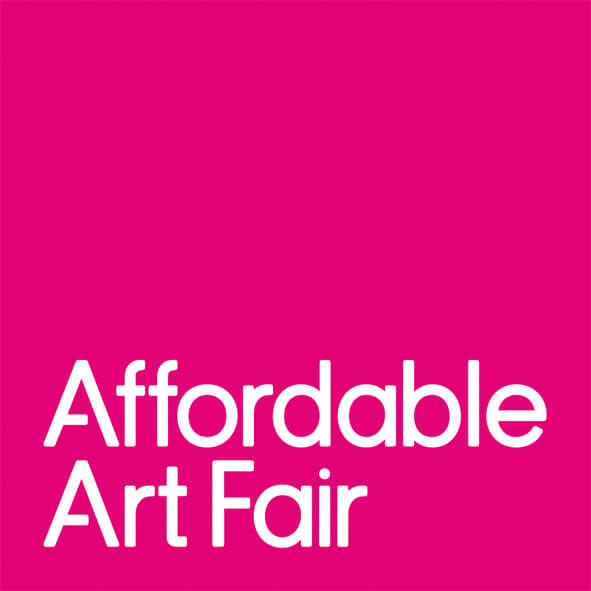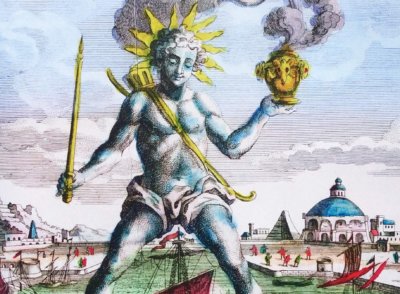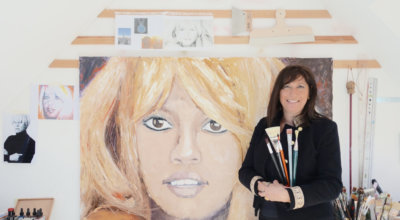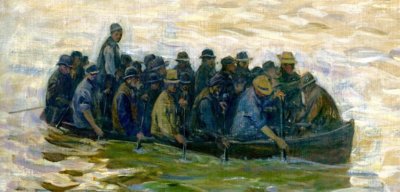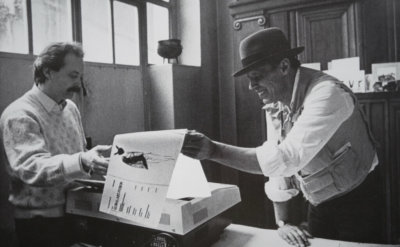They curate museums, run galleries, collect with great passion and have their work in the world of art. The series INSIGHTS! grants access to collections, sites of culture and portrays personalities of the international art business.
Interview with Markus Roubrocks.
BY ANDRÉ CHAHIL | Photo © M. Roubrocks
Mr. Roubrocks, your family owns since 1977 a 37.5 x 43.5 cm oil painting titled „Still life with peonies“. According to your statement, it is attributed to the painter Vincent Van Gogh, his style is clearly recognizable in this work. For more than 20 years, you have been using all means, with the help of consistent evidence, to fight for official recognition. This in particular through the Van Gogh Museum (VGM) in Amsterdam. Since time immemorial, a great legal dispute has started. First of all … how did the painting get into the possession of your family and what previous provenance can be traced back?
My father bought this painting in 1977 in a convolute purchase, in a badly condition in Belgium. From this time there is no written record for a provenance. Already in the period 1981-1983, the work was contested by the Van Gogh Museum and the Dutch Documentation Center for Art History (RKD), by a consideration of photographs. This even though there were already two art historical and three scientific reports at that time. In other words, it has acted against every norm and arbitrarily, without ever seeing and examining the painting in the original. It was also alleged that it was a forgery.
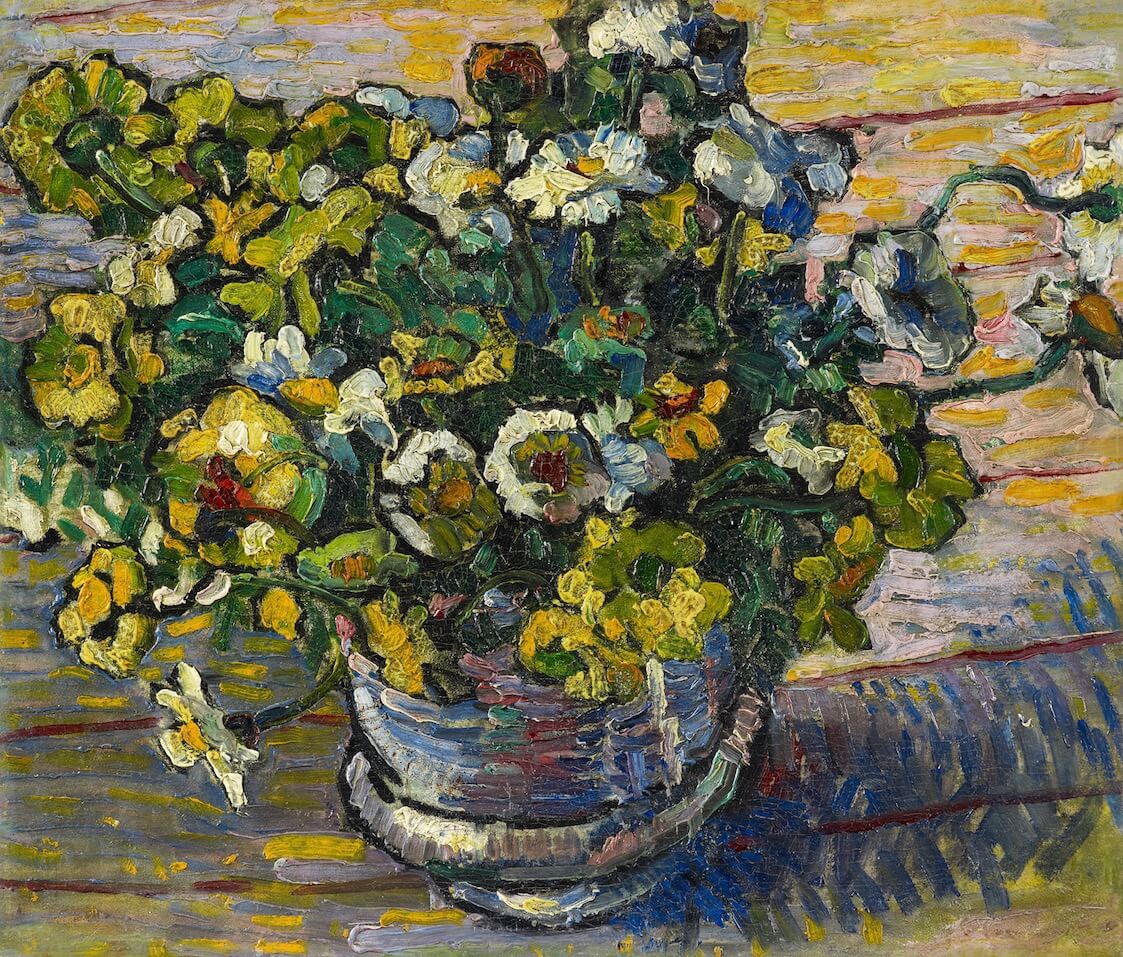
„Still life with peonies“ 37.5 x 43.5 cm, oil on canvas, attribution: Vincent Van Gogh (1889/1890, not officially confirmed). | Photo © M. Roubrocks
The Van Gogh Museum in Amsterdam dates from 1973 and presents more than 200 paintings and over 400 drawings from all creative periods. The core of the collection is built by direct inheritance from secondhand of his legacy. In addition, the museum operates a center that deals with researches in art. In the international art market, Van Gogh is considered as an original only if it has been confirmed by this institution. Thus, the museum actually holds a monopoly position and the art market refers in a trusting manner to their expertise. Critics, as in your case, accuse this house of misrepresentation and lack of care in some of these matters. How did you continue, in chronological order, with your still life painting?
I finally inherited the oil painting from my father in 1997 and in the period 2000/2001 a detailed investigation by the Van Gogh Museum was negotiated for an imminent sale by the auction house Sotheby’s in Zurich, Swizerland. In November of 2001, the VGM declared my painting again as a clear forgery. As the results of the VGM could not be reconciled with the eight previous reports, I placed order to Jägers laboratory …
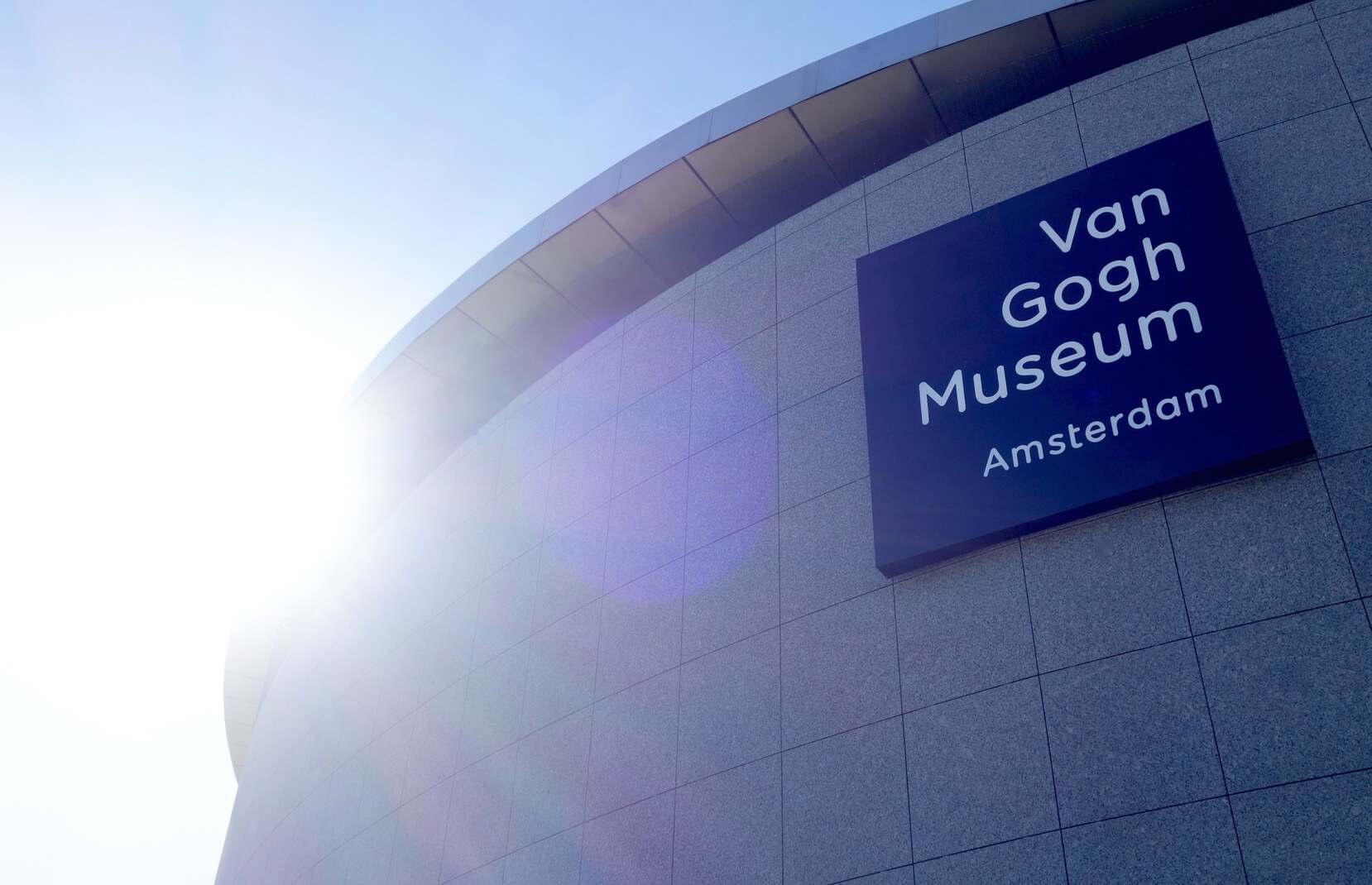
Exterior, the new building of the Van Gogh Museum in Amsterdam. | Photo © Chahil Art Consulting
Erhard Jägers microanalytical laboratory in Bornheim, Germany. He is one of the experts who treated the case of the scandal surrounding art counterfeiter Wolfgang Beltracchi, unmasked him. A leading research institute in Germany for internationally recognized art goods.
And his lab confirmed that VGM’s expertise was flawed. A short time later I presented the laboratory report to the then responsible Mr. Louis van Tilborgh in the VGM personally. Mr van Tilborgh stated that he had to think about new facts and that I should come back. But it did not come to that, I was not admitted to Mr van Tilborgh … and roughly led out of the museum. Then they sent me a contract for revaluation. Since at that time the Jägers Laboratory was working on a statement against the expertise of the VGM, I replied to the museum that one should withdraw the catastrophic expertise of 2001 and acknowledge my painting. The VGM just replied that they did not want to talk about the case anymore. Even after transmission of the Jägers opinion to the VGM there was no further reaction. In 2005, I signed the contract for revaluation by the VGM on the advice of my lawyer. The VGM did not want to decide on my case even after this step.
In 1991, a prominent case occurred which was also related to the VGM. At that time they declared the submitted work „Sunset at Montmajour“ from the year 1888 as a fake. In 2013 they took more detailed examinations, i.a. by adding further historical evidence attesting that the work exists in this form – and finally declared it as real. The situation is not easy for art scientists. Already in the first three decades after Van Gogh’s death (1890), there were forgeries and painters who benevolently copied his then fashionable style. The boom of the new, purely capital-oriented art market of the 1980s has also contributed to the fact, that criminals operate with the help by a professional network and invest great effort to produce the best possible and almost laboratory-safe fakes.

The Dutch painter and draftsman Vincent Willem van Gogh (1853-1890) is regarded in the history of art as an influential pioneer of modernism. According to current research Van Gogh left an oeuvre of about 864 paintings and more than 1000 drawings, most of which have been made within the last 10 years of his life. The myth of an unrecognized genius and that of a mad artist, whose achievement in society was granted to him only post mortem, has become the subject of his popularity. The numerous correspondence with his younger brother Theo Van Gogh, who was at that time a successful art dealer and the main reference person of the painter, are until today an essential part of the source fo researches in art scientific matters. After Van Gogh’s demise, his style of painting became fashionable and became so popular that the art market, with its numerous counterfeits and misinterpretations of its oeuvre, continues to struggle in questions of enlightenment. | left: Vincent van Gogh at the age of 19, photograph by Jacobus Marinus Wilhelmus de Louw, 1872. | right: Vincent Van Gogh, Self-portrait, oil on canvas, 40.6 x 31.8 cm, 1887.
In the case of „Sunset at Montmajour“ it must be remembered that the provenance is proven until the date of sale by the Van Gogh family in 1903. The painting is listed in the number 180 at Bongers list and is also described in Van Gogh’s letters. This makes it particularly clear that clear provenances for the VGM have no meaning and if necessary all facts are ignored.
How did you continue in your case…
Consequently, I sued the VGM in 2012. The following year, even during restoration of my painting, red hair was found in the painting, which could possibly have come from Van Gogh himself and was preserved under the oil layer. DNA reconciliation has not materialized until today due to the heirs disagreeing with DNA matching Vincent Van Gogh. Since 2013, I am in a constant legal dispute with the VGM. There were several court cases on Dutch soil in the course of these years. Among other things, I found out that my work was never really examined, but only considered. Since the transmission of new facts to my picture the VGM does not answer anymore.

In 2012 a hair, that appeared sealed under the pigments, was taken from the still life. Is it one of Vincent Van Gogh? Recording in 140x magnification. | Archive © M. Roubrocks
Paint background, craquelé and signature. What are the main results of your investigations from your still life to the present day?
There are five scientific opinions from 1980 to the present day that examined and confirmed all of Van Gogh’s typical factors – and two scientific statements against the statements of the VGM. Scientifically, my painting is more than approved. The Jägers Laboratory has recently shown that the primer of my painting has the same characteristics as Tasset et Lhôte. It can even be derived from the book of the Van Gogh Museum „Van Gogh’s Studio Practice“ an assignment in the period 1889-1890. The primer in my painting has the same composition as that of a roll of canvas supplied by Tasset et Lhôte Van Gogh around 1889-1890. Van Gogh received from Tasset et Lhôte 5 and 10 meter rolls of canvases, each with a different primer. In the book of VGM the primers are described down to the smallest pigment, thus a comparison became possible. The established forgery theory is thus refuted as a whole, due to the fact that Van Gogh was not forged in the period 1889-1890 and certainly not on canvases from this adress.

The Cologne gallery owner and art dealer Markus Roubrocks. In the background „Still life with peonies“, restored and framed. | Photo © M. Roubrocks
Van Gogh preferred canvases from Tasset et Lhôte from Paris due to the high quality. Prominent contemporaries such as Edgar Degas, Paul Signac and Alfred Sisley were also customers of this supplier. From Van Gogh’s phase in Arles, he ordered the canvases, except at the merchant Tanguy, exclusively at Tasset et Lhôte. The letters tell how the request for paint materials increased, adressed to his brother Theo, who organized it.
The canvas was supplied by weavers, the art lay in the primer. Van Gogh writes that the primer from Tasset et Lhôte has better accepted the thicker paint application and is finer. This probably has to do with the fact that the primer of the paint does not remove the moisture too quickly.
The same quality criterion applied to the pigments, the colors of Tasset et Lhôte.
The basic materials and the processing of the colors of Tasset et Lhôte is qualitatively higher. The cobalt blue e.g. had a smaller share of iron. As a result, there is less black discoloration and the blue appears more intense and stronger. Van Gogh describes the visual difference in his letters. Incidentally, all the pigments in my painting are suitable for Van Gogh, which also had to be confirmed by the VGM. The colors themselves are lightened with barium. Taking barium as a filler is uncommon during that time, but was typical of Van Gogh. There is a precise breakdown of the parts of the Jägers lab, which in turn are similar to those used in Van Gogh’s time. Another opinion from 1983 confirmed that there was an original signature with „Vincent“ in red color on the lower left vase rim, which must have been created clearly at the same time as the picture was made.
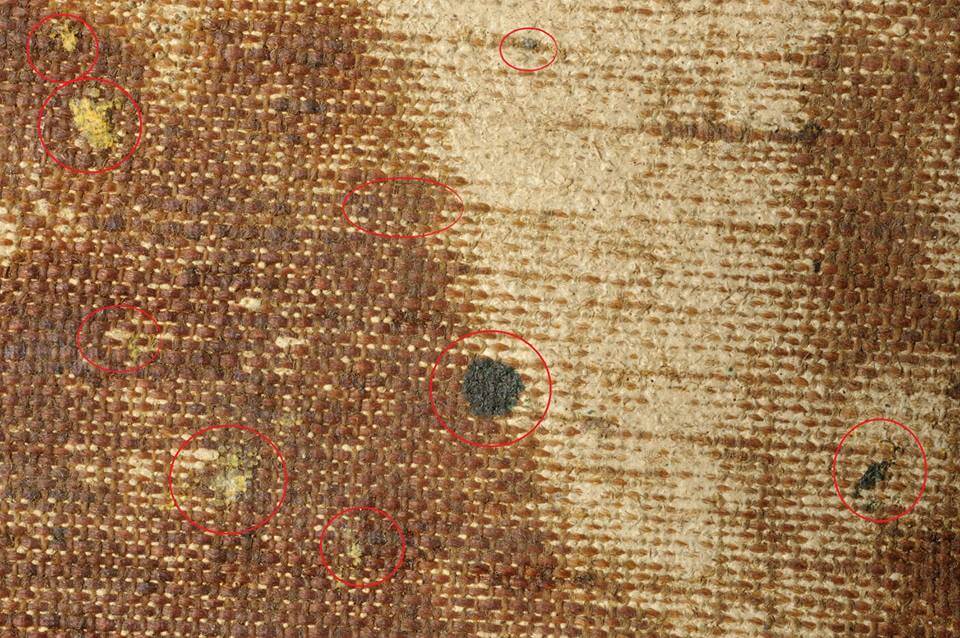
Back of the canvas. The weave, structure, characteristics and priming of the canvas were part of several studies carried out by renowned laboratories, which led to the conclusion that „Still life with peonies“ was most likely produced on a base of the turn-of-the-century Tasset et Lhôte factory in Paris. | Archive © M. Roubrocks
Let’s come to another point, the „Bonger List“. At the turn of the century, at the turn of Van Gogh, Andries Bonger was a Dutch insurance salesman and art collector. At the time, his collection was one of the most important in modern art in the Netherlands. The core of the collection Bonger built only three years after Van Gogh’s death. Handwritten notes document details of the collection. Written evidence from the time of Van Gogh on the existence of your still life does not exist. After reviewing the Bonger list you have drafted a thesis that has to contend with the confusion of flower varieties in terms of content.
The Bonger list is an inventory of the paintings that was still owned by the Van Gogh family in 1891. Works that are in the Bonger list are inevitably real. In the Bonger list the number 19.4 is described as Myosotis (forget-me-not) in T.8. The design and size (en Toile de 8 46: 38 cm) are in line with my Van Gogh painting. It is also the only Van Gogh painting in the world on which a Myosotis (Forget-me-not flower) is painted and where size fits.
According to your own research, there may be another theory that can be deduced from the letters of Vincent and his brother, the art dealer Theo Van Gogh, in which even after Vincent’s death, a large part of the works remained. This is about a subsequent change and an indication of the possible existence of your still life.
Vincent writes to Theo in 1889 that he adds a small flower painting to a box of other paintings. It was nothing special, but he did not want to tear it up. The picture is missing in the catalogues. The experts say that Van Gogh did not paint any still lifes during this time. Although Van Gogh writes that he has painted a flower piece but in fact that was also overlooked.
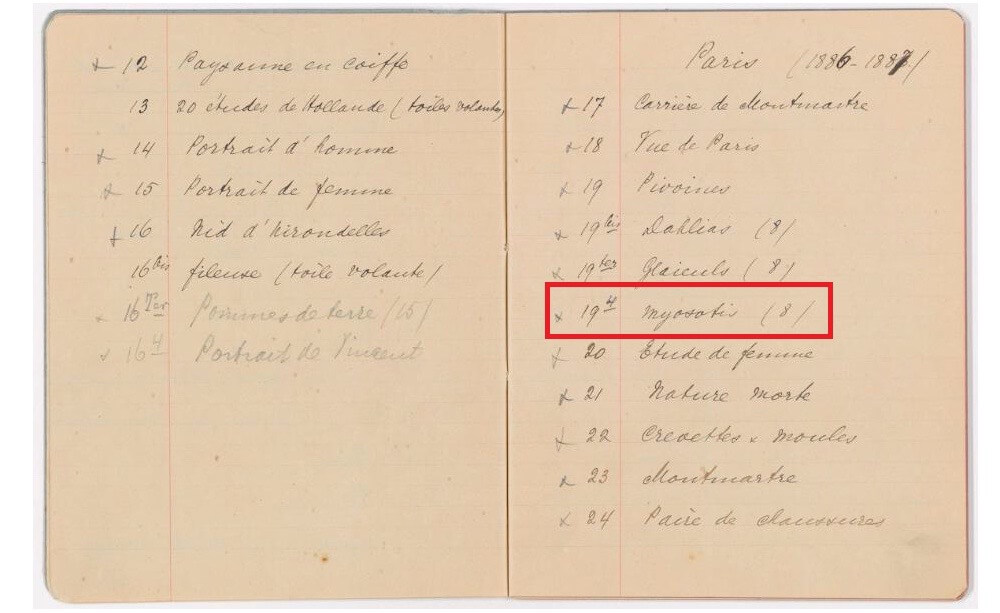
Paris 1886-1887. Insight into the list of art collector and patron Andries Bonger. Number 19.4 as myosotis (Forget-me-not flower). Is there a misinterpretation, confusion? | Photo © M. Roubrocks
The basis of all reception and examination of the oeuvre and the biography of each artist is the literature, which consequently has undergone a constant change of the respective current state of research. In the case of Van Gogh, you have discovered succinct peculiarities that are not fully familiar to the experts to this extent. How would you describe and evaluate them in detail?
The first catalog of works was created in 1928 by J. B. de la Faille. The auctioneer lawyer, critic, journalist and art dealer had to write an addendum in 1939 due to the numerous fakes that he had taken. From 1961 to 1970, the third version was drafted by a committee: J.-G. van Gelder, W. Jos de Gruyter, AM Hammacher, Jan Hulsker, H. Gerson, Annet Tellegen-Hoogendoorn and Martha Op de Coul and others. Again, all three versions are incomplete and, despite repeated revision of forgeries or mistakes. Prof. Jan Hulsker wrote on behalf of the Dutch government in 1978 a new catalog of works „The Complete Van Gogh“. It must be mentioned here that Mr. Hulsker had to struggle with envy and resentment. The Dutch Documentation Center for Art History (RKD) apparently felt left out and Ms. Annet Tellegen-Hoogendoorn and Martha Op de Coul had little interest in supporting Jan Hulsker. Prof. Dr. Hans Ludwig Cohn Jaffè was basically ignored because he too often disagreed and became a thorn in the side of the RKD and the Van Gogh family. Prof. Dr. Jaffè was deputy director of the Stedelijk Museum Amsterdam and accompanied the Van Gogh collection through the war until he moved in 1958 from the University of Amsterdam. Several of Van Gogh’s paintings were recognized by Prof. Jaffè and he was a member of the Van Gogh Expertise Institute. So Prof. Hulsker was quite alone and could only rely on what the Van Gogh family provided. Mr. Hulsker was criticized and attacked because of the errors in the 1978 edition, until he presented a completely revised version in 1996: „The New Complete Van Gogh – Paintings, Drawings, Sketches“. The new edition was a single fiasco. Due to the high age Hulsker confused locations, titles and took counterfeits in the publication. In 1989 Ingo E. Walther & Rainer Metzger and the german Taschenverlag tried to present a complete list of works. With „Vincent van Gogh – Sämtliche Gemälde“, the title promises quite a bit, but as we know today a few real ones are missing, but a few false works have been published. The VGM, in turn, has been working on the inventory catalog of the museum’s paintings since 1995 and is still struggling to this day. For more than 22 years, the VGM has been busy numbering and examining 220 paintings. One can be glad that the VGM does not write a catalog of works. Because with almost 900 works, that would take more than 90 years of time!
Advertisement

Let’s focus to a slightly younger directory. About a decade ago the publication of publisher and art dealer Feilchenfeldt appeared in the professional world, which should bring light into the darkness of the absurdities. They enjoyed a fundamental work on provenance and authenticity research, which examines more than 600 works by Van Gogh. Here you go to court with similar severity and title 200 content and technical errors.
Walter Feilchenfeldt, self-proclaimed Van Gogh expert, art dealer and author of several articles about Van Gogh. Mr. Feilchenfeldt has already written a catalog of works for Cézanne, which was torn by the art press. Then he tried Van Gogh. In 2009, the publication appeared: „Walter Feilchenfeldt, Vincent van Gogh, the paintings 1886-1890, dealers, collectors, exhibitions, early provenances“. A scientific review of the works. Again, after a moment’s notice, one mistake follows the other. Wrong measurements, incorrect conversions of the measurements, wrong titles, wrong locations, wrong photos to the paintings, etc. I have collected all mistakes in a list and explained them. According to Van Gogh expert Stefan Koldehoff and Art Magazine, the catalogue aims to bring clarity to the chaos. But clearly, only one thing has become clear, namely that they do not read the books they write about in the german Art Magazin. All books have one thing in common, the outrageous price. Measured by the defectiveness of all catalogues, one feels inevitably cheated. As a summary, I can only say … too bad for the poor trees were felled in vain. The poor art magazines and daily newspapers that have a feature section, should be taught that they should not sing praises about books they haven´t read closely enough.
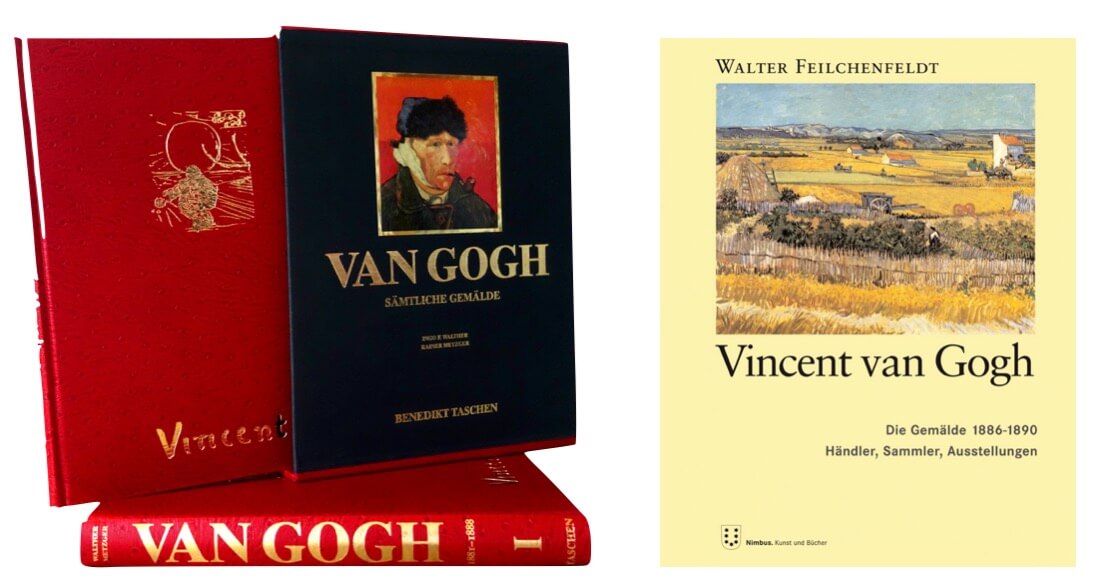
The (specialist) literature dealing with Van Gogh’s oeuvre has been incomplete and often flawed since the publication of the first catalog of works in 1928, to the present day. The large number of Van Gogh’s works, the complex combination of their provenances, are the significant causes of misinterpretations and misinterpretations, in addition to the numerous counterfeits that already existed 30 years after Van Gogh’s death. | Photo © Chahil Art Consulting
The Van Gogh Museum is one of the most visited and best organized museums in the world. Embedded in the museum landscape at the Museumsplein in Amsterdam, it records visitor flows of more than 2 million a year. It is closely guarded, divided into a new building and the old building designed by the architect Gerrit Rietveld. It houses a museum shop where no product with Van Gogh print is left out and is managed multimedia. Photographing is strictly forbidden, the visitor organization is prepared by processing the online procedures according to the latest methods of the industry. Both buildings resemble a vault whose content, measured in terms of value in the international art market and its historical relevance to Van Gogh in art history, increases in terms of content and money, every second. It is the largest self-contained collection of Van Gogh, but not the only one. This museum and its politics, in dealing with Van Gogh’s oeuvre, have already been criticized more often. You aggravate it and talk about internal intrigues and monopolized exercise of power. What criticisms are there in detail and and how are the connections for an outsider, neutral point of view, to understand?
The VGM explains that they get around 200 requests for authenticity every year. Five works in which everything is right. The colors, the motif, the brush stroke and the overall picture are ordered to the museum for examination. The owners of the works of art will, as in my case, be contractually assured of an investigation. However, the VGM admitted in court in 2013 that my painting was not examined in 2001, but only considered succinctly. The technical findings of the VGM describing the color structure in my painting are thus fictitious. The extensive accompanying reports were disregarded as a whole. The VGM can neither submit an investigation report nor clearly identify the investigation team. Now the question arises as to why the courts are not responding to the fact and my lawyers have been holding back. In 2014, together with my Dutch lawyer, I wanted to attend the „Arts & IE Rights“ conference of the Dutch Bar Association. One of the main topics of the Conference on Art Law was the litigation concerning my painting. On the day of the conference, I and my lawyer were unloaded. The VGM had threatened to break the event if we participated. The Dutch Bar Association has not withstood the pressure of VGM and has been stabbing its own member.
>> Opinions can change as little about certain basic truths as weathervanes can change the direction of the wind. The weather vanes do not make the wind east or north, and opinions can not make the truth come true. <<
Vincent Van Gogh (1853-1890)
The power the VGM has and applies is clarified here. Personally, I assume that my lawyers were told internally that it would not be advantageous for the Dutch to take action against the Rijksmuseum and the VGM. It is also striking that the courts have confirmed to the VGM that they have carried out three investigations concerning my painting. In 1978 there was a request to the VGM concerning my painting, which the museum referred to the RKD, because in VGM 1978 no authentication was carried out. The RKD has produced a negative opinion based on photos after my father signed the contract for investigation. The forwarding to the RKD is interpreted by the VGM as an investigation. Viewing photos by the RKD exposes the VGM as a self-conducted investigation. The courts have not responded despite enlightening complaints from my side and the VGM confirmed three investigations, which led me to announce the VGM in mid-2017 because of false statements and fraud. The Dutch judiciary has not responded to my complaint until today. Anyone who can ignore or bend everything without blemishes ultimately has absolute power.
Future! What positive changes would you wish for the Van Gogh world? Which significant part concerning the recognition of your work „Still life with peonies“ is still missing and what would you recommend, after very clear and sharp criticism has fallen, for Van Gogh’s reception. What should, or must change?
The VGM has caused chaotic conditions in Van Gogh’s research and has been more concerned with commercialization and monopoly than Van Gogh’s legacy. Carrying sciences are ignored as well as provenances, inventory lists (Bonger list) and Van Gogh’s letters. The self-serving behavior has deprived the art world of genuine works for decades and prevented a proper reworking of the complete works. The VGM is to recognize and process errors that have not been prepared. It remains for the injured party only the way of a lawsuit, which is hardly to be led in the Netherlands because of the extremely high legal fees and the exercise of power. This has created an untenable situation that is not consistent with the basic rules of a museum. The VGM violates the code of ethics of the museums of the ICOM (International Council of Museums) and acts selfishly. It should also be kept in mind that the VGM is still an imperial museum and acts in the name of the kingdom. The VGM was about to function only as an exhibiting museum and hand over the authentication of Van Gogh works to an international impartial commission. World Heritage Vincent van Gogh should be accessible to all and free of commercial ideologies and absurd exercise of power.
Mr. Roubrocks, thank you for the interesting insight into your case and personal experience in matters related to Van Gogh’s oeuvre.


